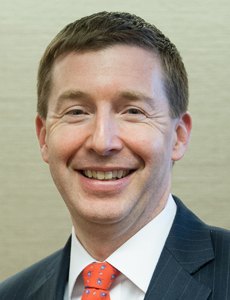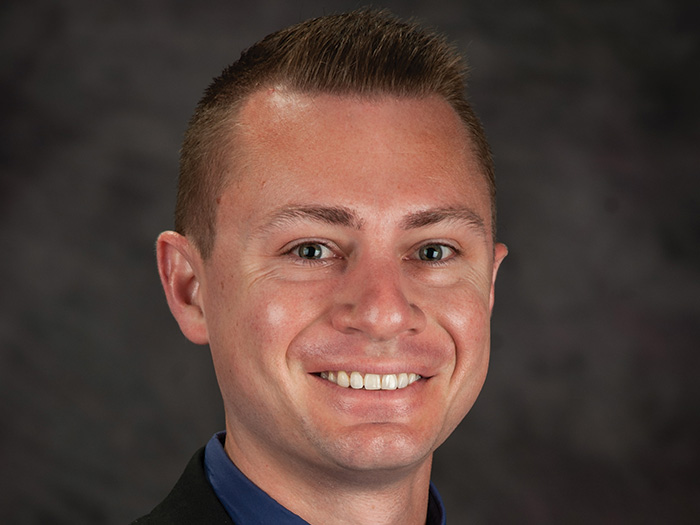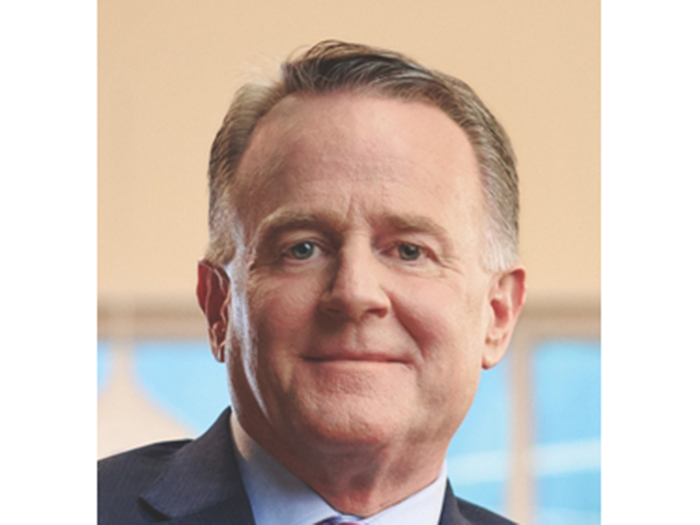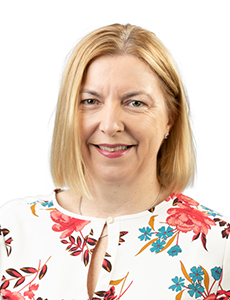Rendez-Vous Preview
2015 RendezVous: Smiles or Scowls?

Nikolaus Von Bomhard was not a happy man this time last year. The CEO of German reinsurance giant Munich Re — in line with its general policy — is rarely outspoken. However, ahead of the September 2014 Monte Carlo gathering of the reinsurance industry’s key personnel, he spoke of being “disappointed, exasperated and even rather appalled by what is happening in the market.”
It’s unlikely that the past 12 months have offered much to lift his spirits. Guy Carpenter reports that global property catastrophe rates were down by 11 percent on average at Jan. 1 2015, the same rate of reduction as the year before. “Reductions were sustained across all lines of business with few exceptions,” the group commented. “We continue to see rate reductions and easing terms and conditions at the various key renewal anniversaries during 2015.”
Attendees at the 59th annual RendezVous in the tiny European principality of Monaco next month will therefore be confronting familiar problems; indeed, the mood could best be described as “the same, only more so.”
Low inflation, minimal interest rates and meager investment returns have regularly featured on the RendezVous agenda since the 2008 global financial crisis broke. More recently, Europe has seen low inflation turn to deflation, while some corporates have followed the lead of its more confident governments and been emboldened to offer negative rates on bond offerings. This year also began with the European Central Bank (ECB) belatedly adopting the experiment applied by both the Federal Reserve and the Bank of England, to kick-start an economic revival by launching a quantitative easing (QE) program.
As for Munich Re, more recent pronouncements have employed milder language — although when the group issued its annual results in May, board member Torsten Jeworrek admitted that market conditions looked fairly certain to remain soft.
“The question for us is not how far the rates can decline,” said Jeworrek. “The question is how to manage the cycle and where to find new business opportunities. We are proceeding on the assumption that the market environment will not change significantly in the upcoming renewal rounds in 2015, unless extraordinary loss events occur, or there are any major changes in the market.”
New Channels for Excess Capital?
With what Aon Benfield describes as “too much capital and less opportunity to deploy it” prevailing, 2015 has seen an upturn in merger and acquisition activity with more defensive and strategic deals than in any year since 2007. Swiss Re’s chief economist, Kurt Karl, said recently that activity pointed to a squeezing out of the middle-tier specialist insurers and reinsurers. “Some firms do not have the scale or the breadth of services to differentiate their offering from more commoditized reinsurance capacity,” he noted.
The unsolicited takeover attempt launched by Italian investment firm Exor for PartnerRe is still grabbing headlines. This has threatened to overturn the reinsurer’s planned “merger of equals” with rival Axis Capital Holdings that was announced at the start of this year.
The resulting turbulence was recently commented on by XL Catlin’s CEO Mike McGavick, who cheerfully admitted: “We’re awfully happy to be able to take advantage of the confusion that mergers create for others.” Admittedly XL can display a degree of schadenfreude; the group’s $4 billion takeover of Lloyd’s of London underwriter Catlin went through relatively smoothly — announced in January, it had wrapped up by April.
“While both XL and Catlin were major reinsurers pre-combination, we are now the eighth largest P&C reinsurer in the world and have a larger suite of products and a broader geographic reach together,” said Greg Hendrick, CEO of XL Catlin’s reinsurance operations.
“This will be the main thrust of our meetings at Monte Carlo; we can entertain any P&C risk that a client faces anywhere in the world and we will be very focused on the overall relationship across products and geographies.”
It will take rather more major M&A deals to change Aon Benfield’s assessment. However, Bryon Ehrhart, CEO of Aon Benfield Americas and a regular speaker at the RendezVous, said that while the pronouncement remains valid, he sees grounds for optimism. “The growth in reinsurance capital continues to outpace the growth in demand for reinsurance,” he said.
“However, material new demand has emerged for U.S. mortgage credit risk and certain life reinsurance transactions. While the industry clearly has the capital to deploy in these areas, the industry’s skills are still developing and currently limit the ability of the industry to match the opportunity.”
Ehrhart also believes that the industry’s leading players have made “material progress” toward incorporating lower-cost underwriting capital into their value proposition. “Reinsurers have seen that they have and can sustain their significant competitive advantages when they optimize their underwriting capital structures.”
Rate Uncertainty
So what else will feature on the Monte Carlo agenda next month? Negative interest rates are likely to be a key topic, said Jean-Jacques Henchoz, CEO reinsurance for Europe, the Middle East and Africa (EMEA) at Swiss Re. “After large parts of European sovereign yield curves dipped into negative territory during spring this year, investors have certainly become aware that zero may not necessarily be the lower bound for bond yields.”
“I think the debate now is less about Solvency II content, but about how companies are going to live with it.” — Eric Paire, head of global strategic advisory, Guy Carpenter’s EMEA region
He believes that deflation fears may diminish: While the ECB’s bond buying program under QE had a major negative impact on bond yields over the first half of 2015, it is unclear whether it will remain the dominant driving force. “There are other forces which may push bond yields higher,” said Henchoz. “The U.S. Fed is likely to start hiking interest rates later this year. In addition, it is expected that inflation rates will increase in the second half as oil prices stabilize.
“Overall, the outlook for interest rates remains highly uncertain at this point in time. What is clear, however, is that insurers’ investment returns will not improve significantly anytime soon. This is because even if bond yields increase, existing higher-yielding bonds in insurers’ portfolios will need to be reinvested into lower-yielding bonds. So insurers’ investment returns will recover only slowly and with a time lag.”
Long-established players are also coming to terms with the fact that many of the market’s newer entrants have joined for the long-term. “We believe that alternative capital is here to stay and will be a part of the capital base supporting the reinsurance market,” said Hendrick.
“The only open question in our mind is what size and portion of the overall market will this capital source attain in the coming years. We are positioning XL Catlin to be able to utilize all forms of capital, our own and third party, to ensure that we match each risk profile with the appropriate capital.”
Ehrhart suggested two other topics likely to feature in many discussions. “Cyber [risk coverage] will recur as a topic that is driving demand growth,” he said. “The discussion of alternative capital will move from the debate over whether or not it is a good or bad thing to how best it can be incorporated into a reinsurer’s value proposition to its customers and shareholders.”
Solvency II issues
Just over the horizon is the European Union’s Solvency II legislative program, which introduces a new and harmonized EU-wide insurance regulatory regime in all 28 member states. As it takes effect from Jan. 1 2016, it might be expected to feature highly on this year’s RendezVous agenda. Conversely, having been in the pipeline for several years, is the debate over Solvency II — and the industry’s objections to the directive — now largely over?
“Not at all,” said Eric Paire, head of global strategic advisory for Guy Carpenter’s EMEA region. “I think the debate now is less about Solvency II content, but about how companies are going to live with it, and this includes topics such as internal model validation, volatility of capital requirements, and reconciling increased required capital with low prices and interest rates.
“Furthermore, with doubts about the readiness of some companies and indeed regulators, Solvency II is a long way from disappearing from the agenda.”
Henchoz agreed. “The focus is currently very much on implementation, on understanding how business operates under the new EU solvency regime as well as preparing for application,” he said.
“Many companies are still busy getting their systems ready by 2016, in particular on reporting, and the change towards an economic and risk-based regime has some wider implications which demand a different approach to strategy and products.”
RendezVous 2015 also poses the question of where delegates who usually check in at Monte Carlo’s five-star central Hotel de Paris will find a bed. The iconic venue began a major renovation program last October that won’t be completed until September 2018; until then many will have to settle for an address that is less prestigious — or located further out of town.











